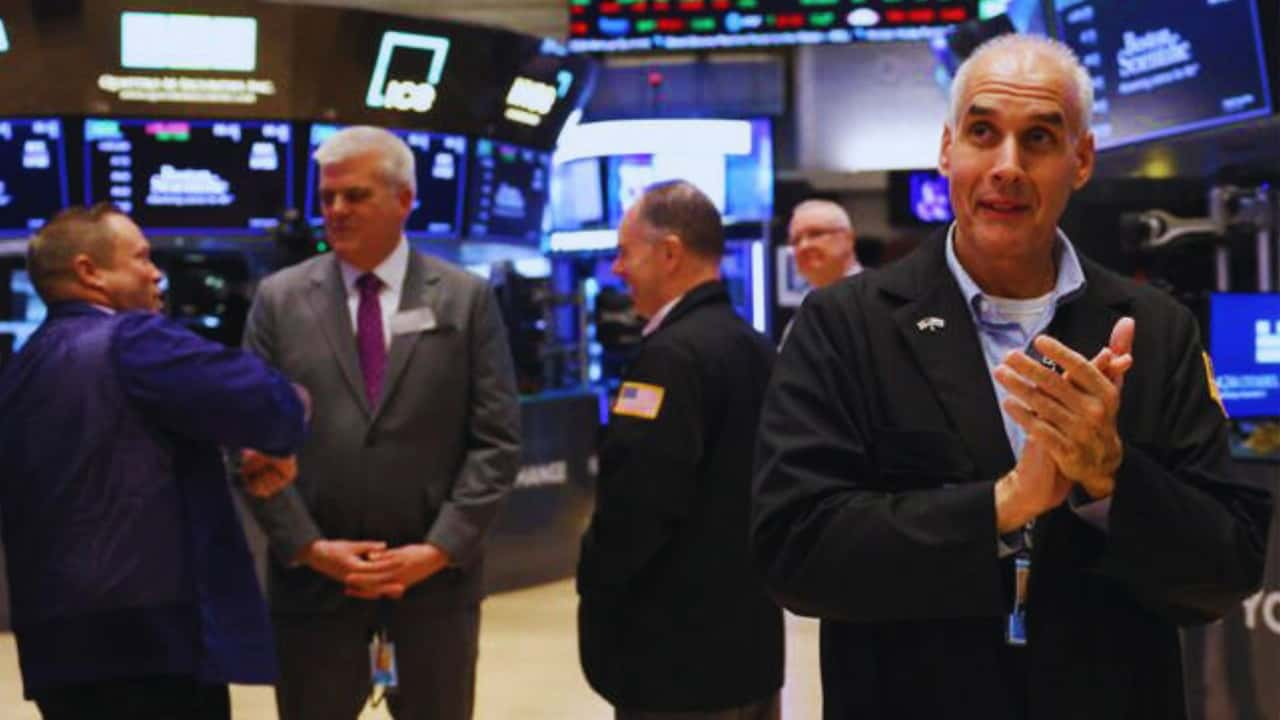Historic Market Rally: Trump’s Victory and Fed Rate Cut Push S&P 500 Past 6,000 Milestone
In a remarkable turn of events that captured Wall Street’s attention, the S&P 500 broke through the 6,000-point barrier for the first time in history on November 8, 2024. This milestone came amid a powerful market rally sparked by Donald Trump’s election victory and the Federal Reserve’s latest interest rate cut.
The historic rally saw all three major U.S. stock indexes hitting record highs. The Dow Jones Industrial Average jumped 0.59% to 43,988.99, while the S&P 500 gained 0.38% to 5,995.54. The tech-heavy Nasdaq added 0.09% to reach 19,286.78.
What’s driving this impressive market performance? Several key factors have come together to create what market watchers are calling a “perfect storm” for stocks:
First, Trump’s return to the White House has Wall Street buzzing with optimism. Investors are betting big on business-friendly policies, including possible tax cuts and fewer regulations. The likely Republican control of both the House and Senate adds to this positive outlook, as it could make it easier for Trump to push through his economic plans.
Second, the Federal Reserve’s decision to cut interest rates by 0.25% has given stocks an extra boost. This move makes borrowing cheaper for businesses and consumers alike, which typically helps the economy grow.
Small companies are seeing particularly strong gains. The Russell 2000, which tracks smaller U.S. companies, jumped an impressive 8.51% for the week—its biggest weekly gain since April 2020. These smaller businesses, which focus mainly on the U.S. market, stand to benefit the most from lower taxes and reduced regulations.
Kevin Nicholson, global fixed income chief investment officer at Riverfront Investment Group, shared an optimistic view: “The market can continue to rally higher for the next 6 to 12 months. We think that we are not at the end of the cycle but actually in the middle.”
Consumer confidence is also climbing. The University of Michigan’s Consumer Sentiment Index reached a seven-month high in early November, with Republican voters showing particularly high optimism about the future.
However, not all stocks joined the celebration. Airbnb saw its shares drop 8.66% after missing profit expectations for the third quarter. Chinese companies listed in the U.S. also struggled, with JD.com falling 6.99% and Alibaba dropping 5.94%.
Trading volume was notably high, with 15.46 billion shares changing hands—well above the recent average of 12.74 billion shares per day.
Looking ahead, some market experts are watching Treasury yields carefully. While yields have dropped for two straight days, they remain near four-month highs. There’s also concern about Trump’s proposed tariffs potentially raising inflation, which could affect how quickly the Fed cuts rates in 2025.
Despite these challenges, the mood on Wall Street remains upbeat. With 88 new 52-week highs posted on the S&P 500 and 211 on the Nasdaq, investors seem confident that this bull market has more room to run.
This historic rally serves as a reminder of how quickly markets can move when political changes and monetary policy align. As we move forward, all eyes will be on whether this momentum can continue and what new heights these indexes might reach.
